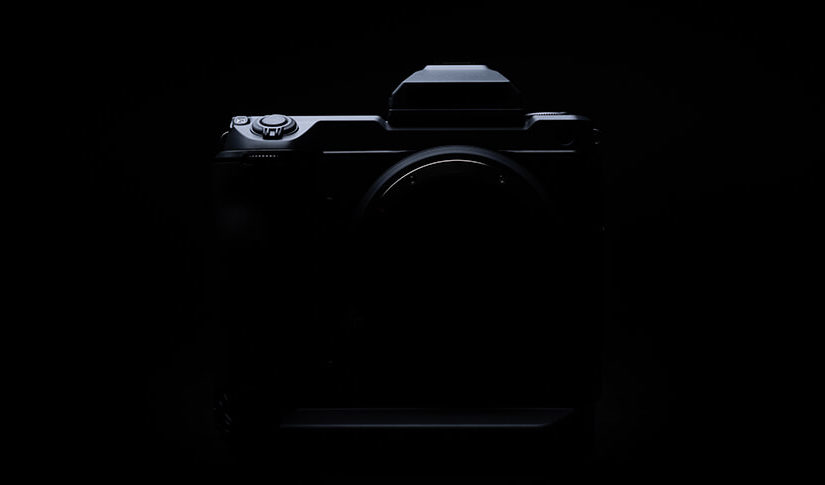
 3 minute read
3 minute read
Getting Started With Black & White
There is a certain something about black & white photography, isn’t there? Let’s take a look at the secrets of this stripped-down, less-is-more approach to photography and how it can help you express your creativity.
Even in this age of cutting-edge digital photography, black & white images still have an enduring appeal. Whether you make portraits, landscapes, wildlife, or sports, removing the colour from a photo can give it a radically different look and feel. It’s almost as if, without colour, we can concentrate better on elements like texture, tone, and pattern.
Look at the pair of pictures above, using the slider to flick between the colour and black & white versions. What’s the first thing you notice about the colour one? The amazing orange sofa, yes? Now look at the black & white version and ask yourself the same question – now the emphasis is on the thousands of books on the bookshelves. Without the distraction of the colourful sofa, we are free to appreciate the repeating patterns and texture we would otherwise ignore.
The same can be said for portraits: it’s very easy to be instantly drawn to the colour of someone’s eyes or the clothes they’re wearing, but when we are freed from that, we can concentrate on things like face shape, hair style, and the texture of skin.

© Justin Stailey
Even subjects that you’d think should always be photographed in colour can look good in black & white. Urban landscapes, wildlife, and sports can all benefit from a monochrome approach – it’s just a question of being open-minded and experimenting.
All this gives you a clue as to when black & white is a more useful approach than colour. When it’s shapes and patterns that appeal, a colour-free approach may well be the best one to take.

© Daniel H. Bailey
How Your X Series Camera Helps
There are lots of approaches to black & white photography, ranging from in-camera monochrome modes to complex post-production techniques in software like Adobe Photoshop. But for starters, simply set your X Series camera to one of its black & white Film Simulation modes – MONOCHROME or ACROS. Do this by pressing the MENU/OK button, selecting FILM SIMULATION from the IMAGE QUALITY SETTING menu and then picking the mode of your choice
The camera will preview the scene in black & white in the viewfinder and on the viewscreen, so you can see if the scene is working without colour or not.
Your Next Steps
- CHALLENGE Flip your X Series camera into a black & white Film Simulation mode and make some portraits of someone you care about – your best friend or a family member, for instance. Post your favourite image to social media with the hashtags #learnwithfujifilm and #blackandwhite. You can also submit your work here for a chance to be featured on our social media channels.
- LEARN Download our booklet See The World in Black & White with FUJIFILM X Series


























































